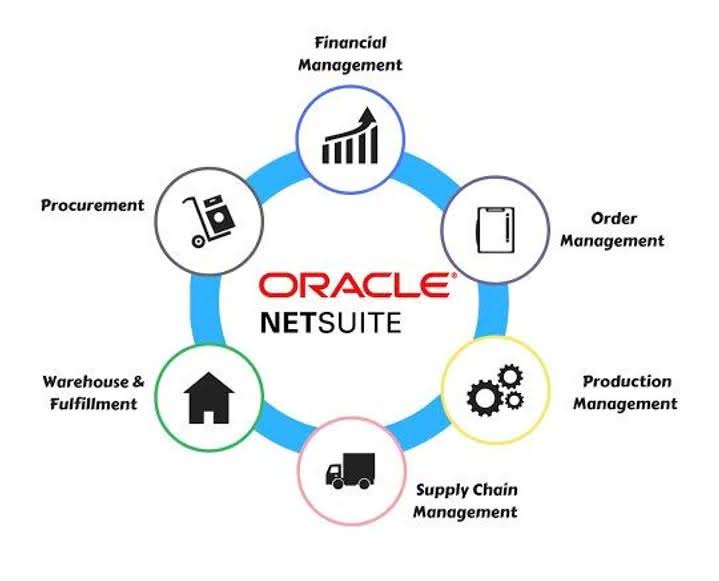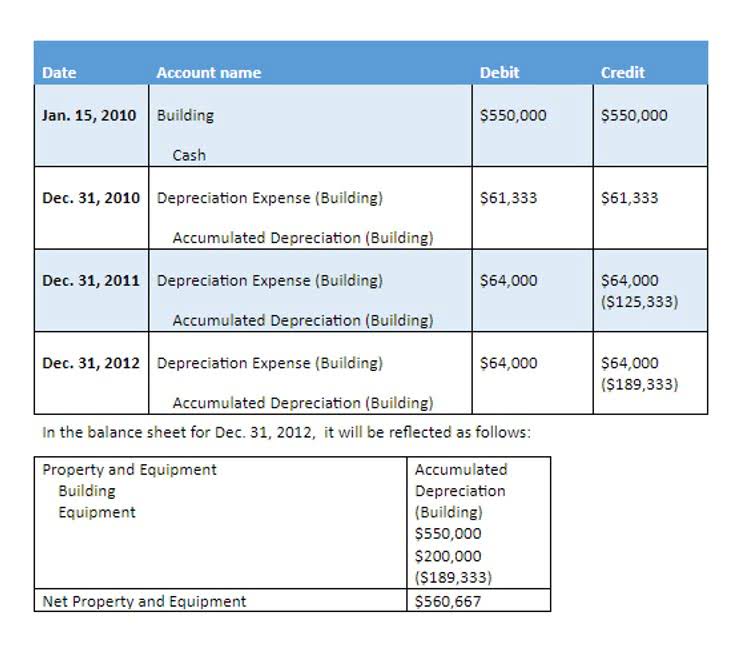
Life insurance premium is classified as a personal account, since the insurance premium paid represents the amount paid for an individual. Insurance becomes an asset when you experience a risk covered in your insurance plan, which activates your coverage, allowing you to make a claim and receive a successful payout. Below https://www.bookstime.com/ is the timeline of how it would be recorded in the financial books. There are different types of expenses based on their nature and the term of benefit received. For example, on December 18, 2020, the company ABC make an advance payment of $6,000 for the fire insurance that it purchase to cover the whole year of 2021.
- In the business, the company usually needs to make an advance payment for the insurance that it has purchases.
- Accrued expenses are prevalent during the end of an accounting period.
- Cost of goods sold is an expense account, which should also be increased (debited) by the amount the leather journals cost you.
- If the payment was made on June 1 for a future month (for example, July) the debit would go to the asset account Prepaid Rent.
- Your bookkeeper or accountant should know the types of accounts your business uses and how to calculate each of their debits and credits.
Wholesale business

Here are some examples to help illustrate how debits and credits work for a small business. Liabilities are obligations that the company is required to pay, such as accounts payable, loans payable, and payroll taxes. Finally, you will record any sales is insurance expense a debit or credit tax due as a credit, increasing the balance of that liability account. Recording a sales transaction is more detailed than many other journal entries because you need to track cost of goods sold as well as any sales tax charged to your customer.

Purchase Stationery Journal Entry
- If you’re unsure when to debit and when to credit an account, check out our t-chart below.
- With Vencru’s intuitive accounting software, businesses can streamline their debit and credit accounting processes, automate journal entries, and easily generate comprehensive financial reports.
- Her work has appeared in Business Insider, Forbes, and The New York Times, and on LendingTree, Credit Karma, and Discover, among others.
- The above journal uses the Other Income account to show it is not part of the normal day to day activity income earned by the business.
- Debits increase asset and expense accounts while decreasing liability, revenue, and equity accounts.
- In this journal entry, the company records the prepaid insurance as an asset since it is an advance payment which the company has not incurred the expense yet.
- For instance, you might pay $1.50 each day you drive plus $0.06 per mile.
This payment is known as insurance expense and is charged to expenses in a period, reflecting the consumption of the insurance over time. Prepaid insurance works similarly to many products or services you pay for fully in advance. If you pay a six-month premium for a car insurance policy, the coverage will protect your automobile from the effective date until it’s time to renew the policy. A critical component to accrued expenses is reversing entries, journal entries that back out a transaction in a subsequent period.
Debits and Credits Example: Fixed Asset Purchase
The most common way to categorize them is into operating vs. non-operating and fixed vs. variable. An allowance granted to a customer who had purchased merchandise with a pricing error or other problem not involving the return of goods. If the customer purchased on credit, a sales allowance will involve a debit to Sales Allowances and a credit to Accounts Receivable. Talk to bookkeeping experts for tailored advice and services that fit your small business. This represents the cumulative profits earned by the business that has not been distributed to shareholders as dividends. Janet Berry-Johnson, CPA, is a freelance writer with over a decade of experience working on both the tax and audit sides of an accounting firm.
Insurance Expense vs. Insurance Payable

Accrual accounting presents a more accurate measure of a company’s transactions and events for each period. Cash basis accounting often results in the overstatement and understatement of income and account balances. In this journal entry, the company records the prepaid insurance as an asset since it is an advance payment which the company has not incurred the expense yet. A current asset account that reports the amount of future rent expense that was paid in advance of the rental period.
- Pay-per-mile car insurance policies are designed to benefit customers who maintain low annual mileage, such as people who work from home, are stay-at-home parents, or are retirees.
- In general, debit accounts include assets and cash, while credit accounts include equity, liabilities, and revenue.
- The amount of money that a policyholder pays will depend on several factors, including the type and amount of coverage they need and the insurance company they choose.
- Ultimately, it is important to research the details of the policy and make an informed decision about filing a claim to ensure the best outcome.
- When the policy goes into effect, you’ll then get the benefits of the coverage over a 12-month period.
When recording a transaction, every debit entry must have a corresponding credit entry for the same dollar amount, or vice-versa. An accrued expense can be an estimate and differ from the supplier’s invoice, which will arrive at a later date. Following the accrual method of accounting, expenses are recognized when they are incurred, not necessarily when they are paid. When the company’s accounting department receives the bill for the total amount of salaries due, the accounts payable account is credited. Accounts payable are found in the current liabilities section of the balance sheet and represent a company’s short-term liabilities.

Record prepaid insurance with journal entry

